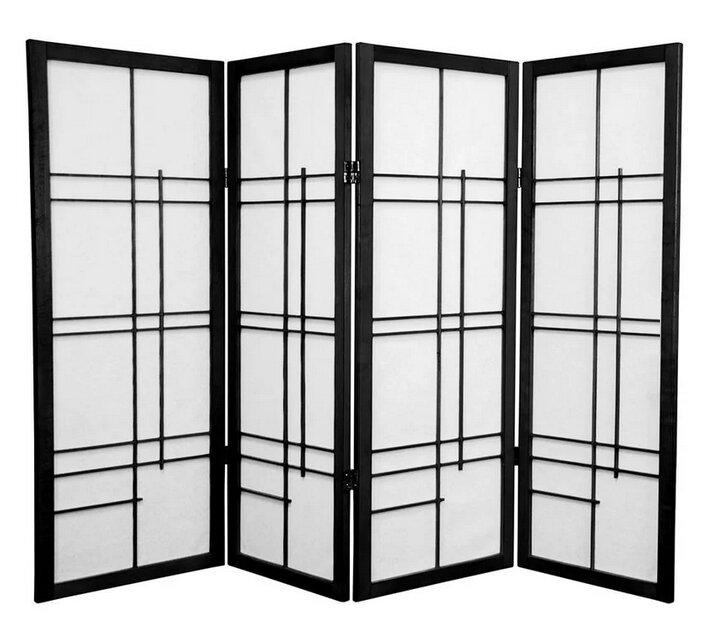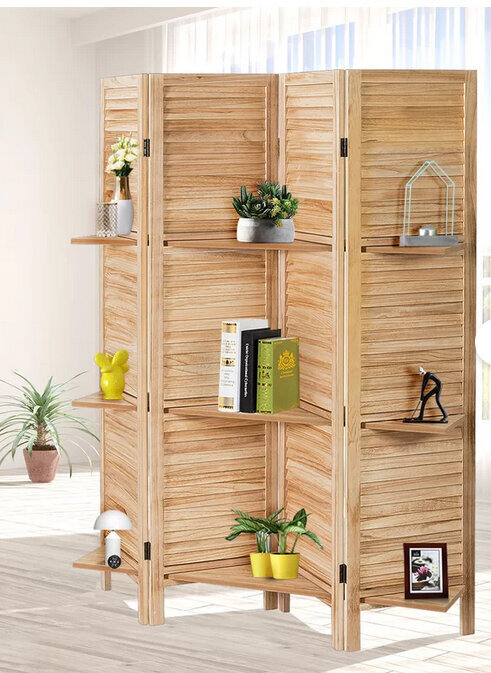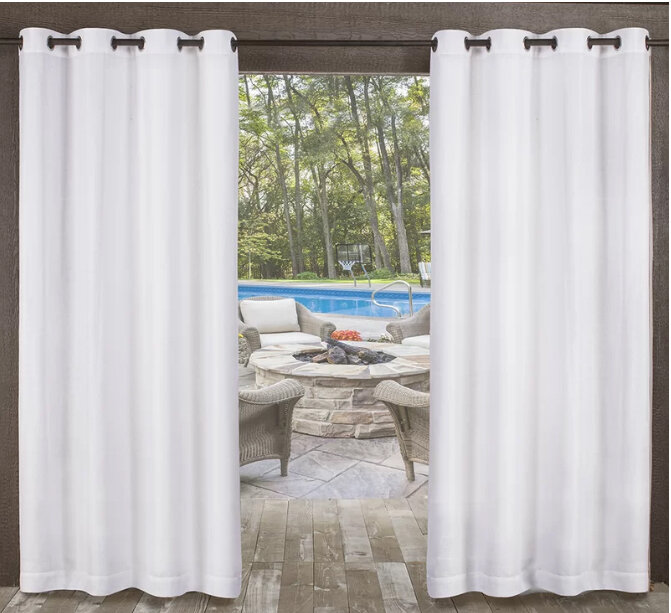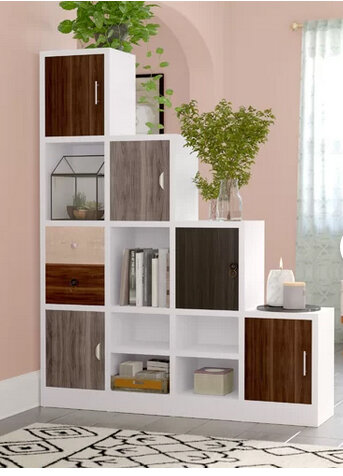Ah summer weddings. Luscious romance is in the air. On second thought, are weddings actually happening amidst Covid? Although 5 summer and fall weddings in our circle were postponed, a friend did marry over the 4th of July weekend. I suppose some are sashaying forward. Despite ceremony postponements, co-habitation is still happening. So here’s the question…how do you successfully, decisively and more importantly peacefully merge 2 households?
You’re on cloud 9 engulfed in wafts of rose colored bliss. The question is popped. A wedding date is set. Everything is zipping along swimmingly. That is until you begin combining your households. Since we’re waiting longer to blend our lives, there are some landmines that are best avoided with a bit of strategic, congenial offense.
Image by StockSnap from Pixabay
The demographics are changing
Since the 1960s, with each passing decade the average age of first marriage has been increasing by nearly a year.* That means, instead of most couples marrying in their early 20s, first time marriages are closer to the 30s. By that point, both partners are well established in their lifestyles and residences unless they’ve already been living together. And what happens if this is not the first marriage for either or both partners? The amount of stuff to synthesize is exponentially higher. Where will all the stuff go? Who gets to keep what? How will it all fit in? How will it be arranged? So many questions. So much room for overwhelm in smaller quarters.
Between Covid financial hits and tight budgets of younger folks early in their careers, living spaces have been decreasing in size. Gone are the days where coveted bigger is better.
Avoid the frustration and resentment about what stays or goes by prudently planning ahead. Creative and constructive decisions are necessary to start a live-in partnership on the right foot. Believe me I know. After many years of marriage, we’re still working out the communication kinks. I’m a slow learner.
Tips to Get Real with Each Other
Image by Momentmal from Pixabay
Start from neutral ground, find a new “together” home
- Both partners feel more equal and experience prideful ownership
- Relationships will ideally be less territorial
- There will likely be less resentment for having to give up closet, cabinet, and drawer space
- And less guilt for the person who will be moving into that space
Communication is critical
- Mutually explore the look and feel you wish to create for each room (dorm room legacy or chic sophistication)
- Openly discuss reasons for wishing to retain items (first love’s portrait is probably a no-no)
- Avoid assumptions on how the other person feels. Ask for each other’s input.
- Allow for disagreements without sarcasm, meanness, manipulation, and judgments. (I’m still working on this. It’s so much easier to work with clients than family members).
- When making decisions, consider who the primary space user will be. If you’re primarily the cook, then it's rational to retain your go-to gadgets and arrange layout for your size, dominant hand, and your sense of logical placement. The same is true if your partner is the home chef. If you’re both cooks, then keeping 2 sets of gadgets and cutting boards for working side-by-side is pragmatic. Place frequently used objects within easy reach.
- If you can’t decide on space arrangement, object retention, or other matters, let it percolate for a few days, then revisit when emotions settle down. You might be able to see things in a new light. And remember seeing things will help you get through your tasks much quicker than if they're buried in unruly stacks.
Understanding space constraints
- If your new home comfortably fits everything, then life’s groovy. If it doesn’t, you have some decisions to make. Shoehorning a size 16 household into a size 2 container is uncomfortable and may breed agitation
- Constructively and peacefully determine what stays and what goes.
- Does it match the style you hope to achieve?
- What condition is it in? Operational? Functional? Worn and torn? Outdated? Stylistically inappropriate?
Compromising
- Release any items that harbor any negativity or emo baggage from prior relationships (romantic, familial, career, social). These can be hurtful to your partner and to you. Carrying that extra weight will subconsciously weigh on your emotions and demeanor.
- Remove items temporarily that are causing distress and where resolution can’t be reached. Box them up for 3,6, or 9 months. Set a calendar reminder to revisit those items to determine levels of attachment. If one partner still feels strong attachment, reintroduce them. See if you can both agree to assimilate them into your decor. If no attachment exists, then sell, donate, gift, recycle or as a last resort trash.
- Public spaces will require deeper conversations and latitude to attain and retain a welcoming, comfortable appeal.
- Personal caves, if square footage permits, allow for unique touches, degrees of messiness, and hopefully shut doors to keep the areas private and unseen by others. If items are a no-go in public spaces, look to personal rooms.
- If your space is too small for a full fledged cave, it’s time to get clever. Thoughtfully partition a room with curtains, decorative panels, bookshelves, even artwork. See examples from Wayfair.com below.
- Try gaming your decision making. Grab the things that are causing distress along with a set of game dice. Each of you pick 3 numbers: 1-6. Take turns rolling the dice. If either of you roll one of your own winning numbers, you get to make the call, “keep or release.” You will need to honor the dice decision.
All partitions shown are courtesy of Wayfair.com. Click the photos for Wayfair catalogue.
Duplicates to keep
- Hang on to items with short shelf lives or that enhance efficiency.
- Don’t ditch the extra blowdryer, they have a short shelf life. Guests can always use the spare or pack one in your gym back or stow a travel blowdryer in your suitcase.
- If you both like to cook, then extra kitchen gadgets might enable greater efficiency and companionability as you chop, slice, and measure.
- One or 2 extra tvs, computers, keyboards, monitors, mice, and other electronics are worth retaining if you have space. Face it, large to over-sized pieces of furniture will probably need to be gifted or donated if you don’t have a spare room to store them in.
- Before you invest in extra monthly off-site storage fees, carefully assess whether you will ever use those objects again (or if you ever used them). Off-site storage makes sense for boats, ski mobiles, and other occasional use vehicles, whereas rarely used household goods might be better served in the hands of those who benefit from donations. If off-site storage is unavoidable, tap the button below for tips before you rent.
Seek help before things go sideways
- If emotions start boiling over, seek outside help to sort it out before flames are thrown.
- Neutral, unbiased perspectives can help with decision-making without the emotional flare-ups. The key here is neutral and unbiased. Turning to the in-laws or one partner’s bestie might breed more anger than usefulness.
- Professional organizers do this all the time. We assist couples too deep in the woods to see the trees. In fact, we spend a good bit of our time helping others declutter. See what you have, find what you need, and make the best use of space and items.
Image by Free-Photos from Pixabay
Need a hand keeping emotions neutral to better organize your spaces? Reach out to The Practical Sort for a free phone consult.










